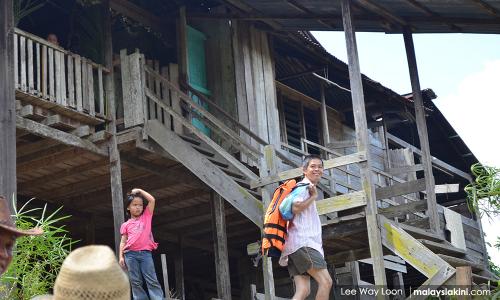COMMENT | Sarawak - the outsiders looking in
COMMENT | As the tide of war turned decisively against the Japanese Empire, paratroopers under the command of the eccentric and abrasive Major Tom Harrisson, later to be appointed the postwar curator of the Sarawak Museum, landed in the deep interior highlands of Sarawak.
They came supplied with money, weapons and the necessary reserves to begin guerrilla operations against the Imperial Japanese Army, and in the process allied with the Kelabit, who, as Paul Malone notes in Kill the Major, “[a]part from the fact that they raided and killed others and irrigated their rice fields, little was known about them” by the outside world.
Decades later in 2015, the major’s former staff sergeant, Jack Tredrea, the last surviving member of his Semut 1 force, was welcomed back to Bario on the anniversary of the jump, the ceremony recorded by Liew Suet Fun in her journals, herself a sojourner in the isolated settlement.
Liew’s journals of her sojourn in Bario, eventually published as Lem Ayu’ Ulun, span a period of several years when she and her eventual husband, the nephew of the paramount chief of the Kelabit, moved to the highland community and built a new life there, starting a new life in middle age.
By doing so, she became linked, through one of those strange quirks of history, to the stories of the major, who had profiled her eventual father-in-law in his writings, describing him as “unmistakably Kelabit”.
But her new familial ties did not provide a shortcut to assimilation: within weeks, the scandal caused by her to-be husband’s ongoing divorce proceedings and her arrival caused her to-be husband’s uncle to despatch his headmen to Bario, who curtly informed her that she was to depart on the first flight to Miri – air travel...
RM12.50 / month
- Unlimited access to award-winning journalism
- Comment and share your opinions on all our articles
- Gift interesting stories to your friends
- Tax deductable

